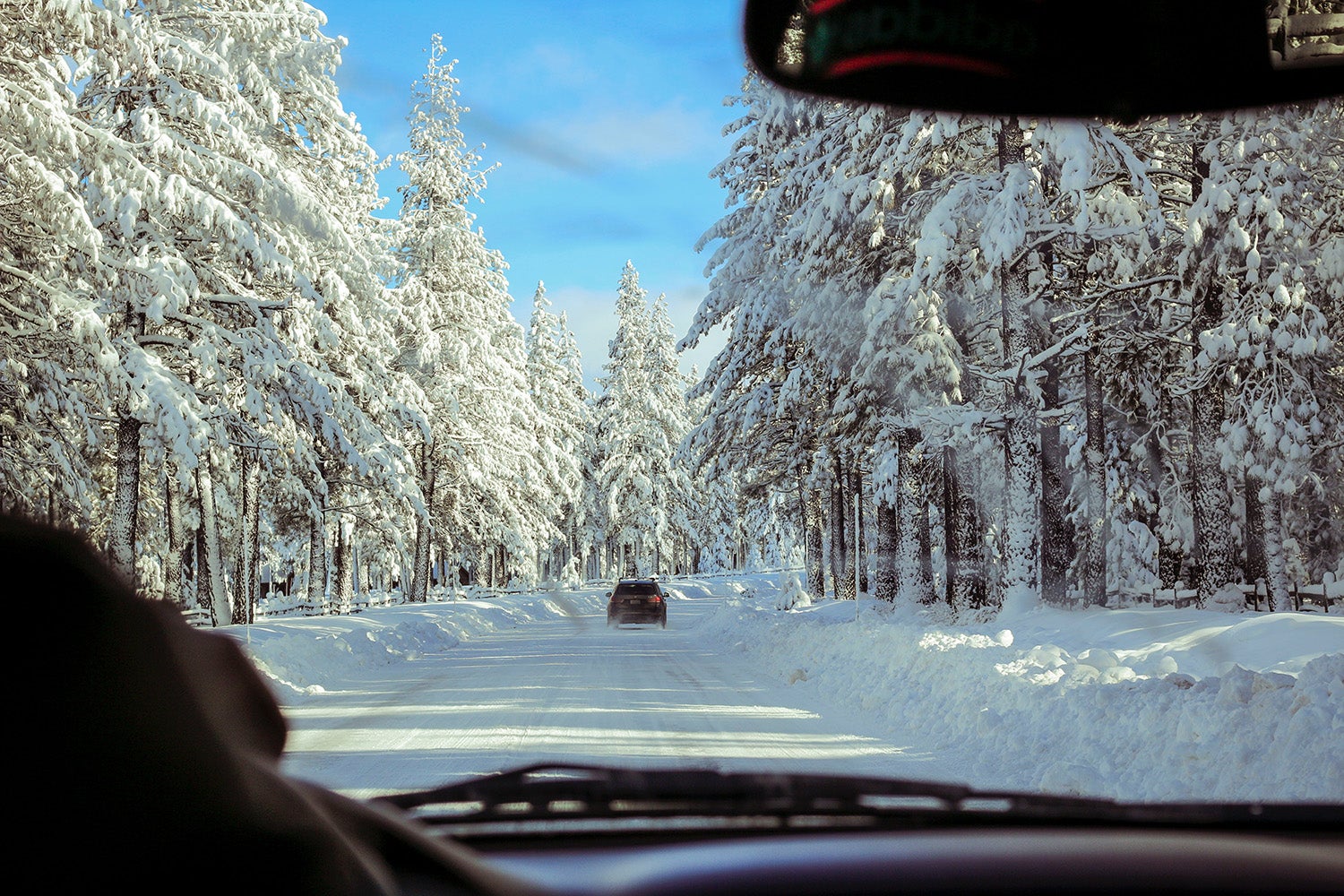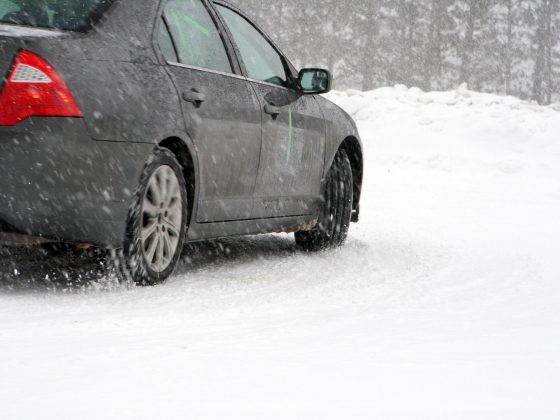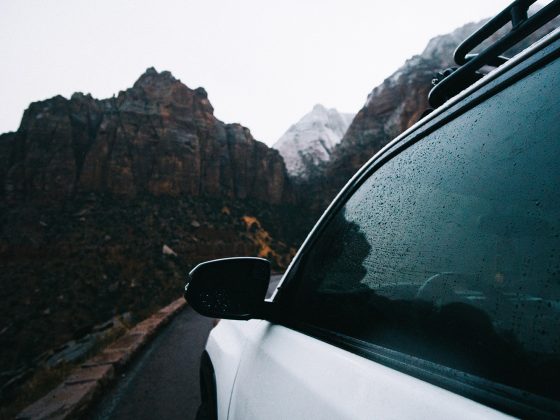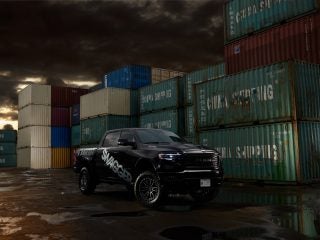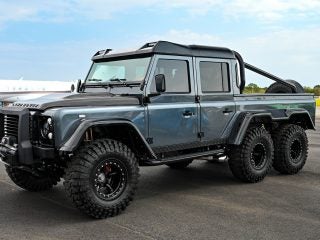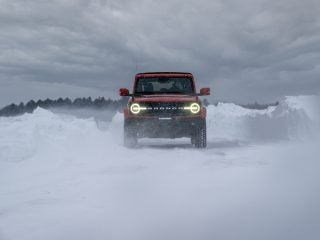Driving around during winter is not just challenging, it could also be dangerous, especially if you’re the type who doesn’t routinely inspect your car’s condition before you hit the road. Given that the cold weather generally affects driving performance, you have to take extra measures to ensure that your car won’t eventually give up on you while you’re out on the road. It takes more than sheer willpower to get your a vehicle revving up back again when it conks out. It takes science.
While most people would first check their car’s engine or heating system before heading out on a winter drive, experts highly recommend that in terms of priority, the first thing you should check are your tires. The advice seems pretty logical given that your car’s tires are the only thing that is in direct contact with the road (as it should be) when you drive. So what are the important things you should look at when checking your tires? We reached out to the experts at Sailun Tire (www.sailuntire.ca) for some quick and helpful DIY advice that you can check for yourself (so you won’t have to spend so much on getting them checked by a pro)
Check your tire tread depth

Everything you need to know about your tires (or your car) can be found before it becomes a problem, so long as you know where to look. Let’s start with tire tread. When it comes to tire maintenance, proper tread depth is one of the easiest ways to help increase driving safety and performance. So if it’s been a while since you’ve checked yours, it’s probably time to take a closer look yourself or have things inspected by an expert.
If you want to check it yourself, just take a look at the tread wear indicator bar that’s molded into most tires. These hard rubber bars are located at the bottom of the tread grooves in several locations around your tire. When these bars become visibly flush with the adjacent tire tread the tire has no more than 2/32″ or 1.6mm of tread remaining. This is a good visible indication that your tires won’t be able to provide enough traction on snow and ice, meaning they should be replaced.
Don’t risk using old worn out tires or used tires over the winter, as cutting corners will likely end up costing more for car repairs and causing unsafe driving conditions that could lead to a potential accident.
Keep the right tire pressure
Tire pressure is crucial for several reasons. Aside from safety, tire pressure also affects your fuel economy. A tire deflated by 8 PSI increases your tire’s rolling resistance by 20%. Make sure to inflate your tires according to the recommended PSI for your vehicle. How would you know? Well, the “right amount” of air for your tires is specified by the vehicle manufacturer and you can easily check for it on the driver’s side door edge, door post, glove box door or fuel door of your vehicle. It is also listed in the owner’s manual.
If you’ve noticed a drop in air pressure, be sure to fill it up before it gets too low to drive on. Also make sure to visually inspect your tires to make sure there are no nails or other objects stuck into it that could poke a hole and cause an air leak. Check the sidewalls to make sure there are no cuts, bulges or other irregularities.
Remember BAR: Balancing, Alignment and Rotation

Now, this part might sound a bit too technical for an automotive beginner, but we trust, that as a responsible car owner, you probably know about this already. Unchecked, your tires can sometimes be prone to uneven tread wear, but you can prevent this by rotating and balancing your tires every 10,000 kms when you go in for service.
Rotating the position of each tire helps equalize tread wear and maximize the life of your tires. If your tires aren’t rotated regularly, they may need tobe replaced prematurely. Tires with grooves that form a forward V-shape (also known as directional tires) must only be switched with the tire from the same side of the car. Non-directional tires, on the other hand, must be rotated to form an X shape. This means, the front left tire should switch with the rear right tire and the front right tire should switch with the rear left tire. Aside from basic balancing and rotation, you should think about doing a proper tire alignment if you notice that your vehicle pulls to the left or right or if you’ve noticed any uneven tread wear from one side of the tire to another.
Go for trusted quality

Most guys invest in their car by upgrading its components, focusing on engine performance or its interior to give their ride more power and of course make it look better. For winter, it is much more important to get trusty tires that will keep you out of harm’s way and perform their best in cold conditions. The common mistake though is that many driver’s overlook investing in trusted high quality tires, opting for questionable alternatives.
However, price isn’t everything when it comes to tires, as there are plenty of reputable tire brands out there that won’t break the bank. Among the most recommended value leaders for winter tire in Canada, Sailun Tire has built a strong following behind their wide lineup of winter tires. As a high-quality value tire brand, Sailun Tire has quickly established itself as a modestly priced brand you can trust, with a high reputation for delivering maximum traction and performance in winter weather conditions.
Proper and preventative maintenance is the key to staying safe this winter and avoiding any unexpected car trouble. Do not skip any scheduled maintenance procedures, especially when it comes to tires and oil changes. Ultimately, the number one factor that you should consider in having a safe trip anywhere this winter is the behavior of the person behind the wheel. Being equipped with the necessary know-how and having a calm demeanor really can help make your winter drive cool and safe.




